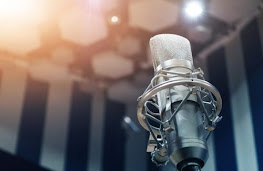Things you should know about sound control
When sound is considered to be loud, unpleasant, or disruptive to hearing, it is known as noise. Cruise ships, super yachts, and also commercial vessels, are all subject to specific noise level needs. As sound and Indianapolis noise control has a major effect on comfort levels, we strive to delve deeper into this subject. What is sound? How do we experience irritation? What type of noises can be defined and what can be done to control them?
What exactly is sound?
Sound comes in different forms. It can be loud and harsh, or gentle and soft. Noise can be shrill and high, or deep and low. Sometimes it manifests as static, and sometimes as a pure note.
What is sound? In physical terms, sound is an increase in pressure that travels through a medium like liquid, gas or a solid as wave. You can say that a wave is a disturbance that propagates through space and demands Fort Wayne noise control measures.
Amplitude
The height of a sound wave measured from the baseline is known as the amplitude. This reflects the amount of pressure surge and corresponds to sound loudness. The bigger the amplitude, the larger will be the sound and demand South Bend noise control.
Frequency
A wave which comprises of only one period is known as pulse. Sounds always have multiple periods, nonetheless. The frequency counts the number of periods per second, the number of troughs and crests there are within a second. Frequency is expressed in herts. If there are 20 periods in a second, the frequency will be 20Hz.
Wavelength
This tells us how far the wave has travelled after a period. It is the distance that a single period travels, or the wave displacement. The longer the wavelength, the less will be the sound.
.jpg)



Comments
Post a Comment